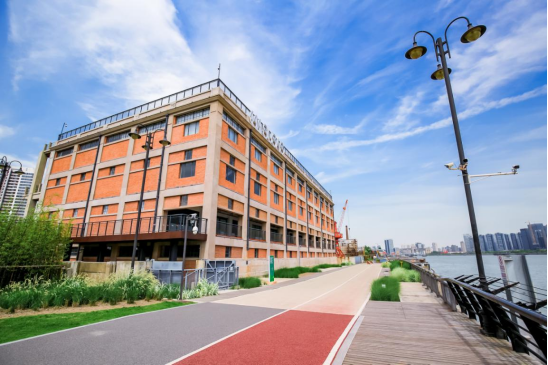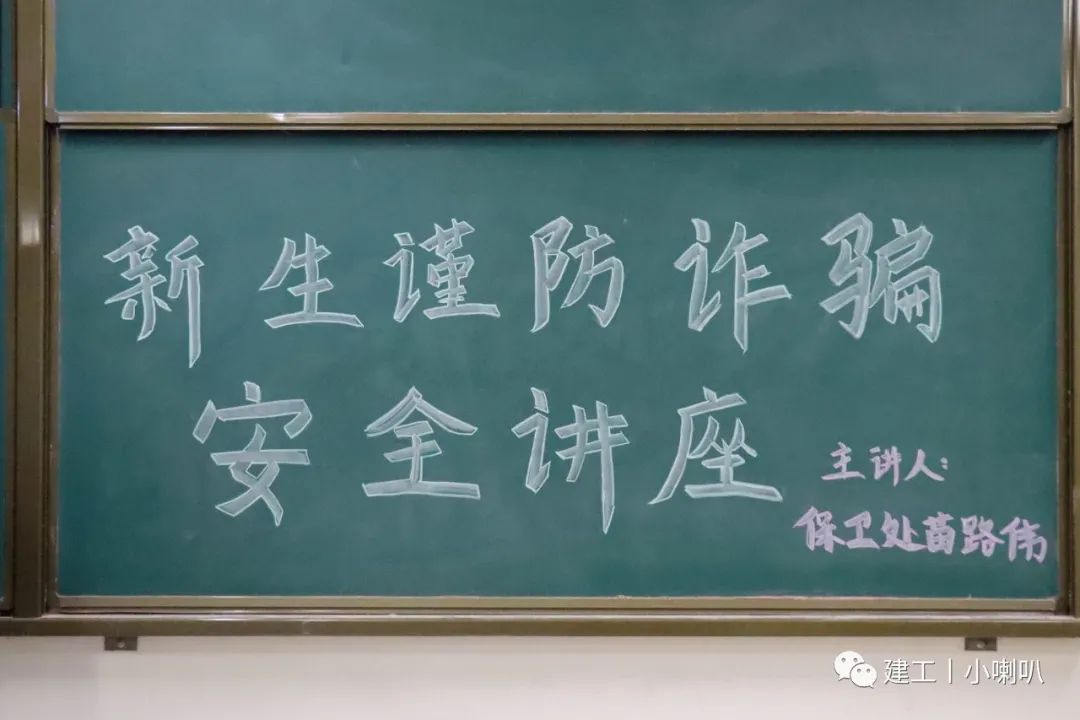The opening and reuse of space is an important goal of the transformation of wool and hemp warehouse
. 
Opening time: 10:00-16:00 from Tuesday to Thursday, From 10:00 to 20:00 from Friday to Sunday (closed every Monday)
.
Through the lens of citizens, dig more stories behind buildings and convey the humanistic feelings of Shanghai
. 
The building repair reflects the original style of the building to the greatest extent
.
Considering the construction of the wool and hemp warehouse itself and the surrounding sites, especially the riverside green space, the wool and hemp warehouse has added many modern functions in the process of transformation and repair to meet the new use needs
.
Therefore, Ruiji yarn factory was renamed British Oriental yarn factory
.
This structural form has the technical characteristics of that time
.
Maoma warehouse has successfully held many popular exhibitions such as 2019 Shanghai urban space art season, 2020 Shanghai International Photography Festival, “dawn – red Shanghai · theme art exhibition celebrating the 100th anniversary of the founding of the Communist Party of China”, which is another experience space gathering and releasing artistic charm along the Huangpu River and has the reputation of Yangpu riverside “cultural warehouse”
.
The photography exhibition will focus on four chapters: red memory, cultural inheritance, Huazhang on the sea and fireworks on the earth, and set up a special brand exhibition area of “100 Bu wearing Yang” and “architecture readable” in Yangpu
.
An outdoor staircase is set at the west end of the north side, which is wide and gentle, with the characteristics of warehouse building
.
The original elevator facilities of the building have been transformed, and the modern water, electricity and air conditioning facilities are arranged at the inner corners of the building in an embedded way, leaving a complete use space
.
Ruiji yarn factory and Ruirong machinery shipyard were successively opened in Shanghai in 1896 and 1903
. 
Open information “century mark charm Shanghai” – “architecture can be read” National Photography competition
.
After World War I, Karl Berg returned home, and the old Arnold brothers died one after another
.
In 2003, the land of Shanghai No
.
7 factory
.
Architecture is the circulation of lines, the bonding of bricks and tiles, and the precipitation of culture“ Since its launch at the beginning of this year, the “architecture can be read” National Photography competition has attracted extensive attention from all walks of life and collected a number of excellent works
. 
1 dock of the former Shanghai Shipyard, South to Yangpu riverside trail, West to Qinhuangdao wharf and north to tianzhang road
.
The wide building space, together with the viewing platform and the art works in each floor of the exhibition hall, has become a punch in point that can not be missed along the Huangpu River
.
Photography works and historical buildings bring a different city walk, so that every citizen can join the ranks of reading buildings, feel the city culture, feel the city temperature and feel the city spirit
.
and reopened
.
Compared with aerial photos taken in different years, the repair team of the architectural repair design text of the maoma warehouse of Shanghai Shipyard carefully screened and analyzed the original materials on site, stripped the painting and exterior wall in the 1970s and 1980s, and exposed the original red bricks
.
The principle of repairing the old as before and preserving the truth reflects the original style of the building to the greatest extent
.
The building structure of the hemp warehouse is a four storey concrete slab column structure, the plane layout is rectangular, and the roof is a flat roof
.
During the film exhibition, there are 8 weekends
.
There is an outer corridor on the north side of the building, with a large space inside
.
The wool hemp warehouse was originally used as a warehouse with simple space and regular column grid
. 
The former site of maoma warehouse was built during the period of Dongfang yarn factory
.
Except the north side, there are high windows
.
After the liberation of Shanghai in 1949, it was renamed Shanghai No
.
collected and stored the land for Shanghai Shipyard as a whole, and repaired the former site of maoma warehouse as a public display space to serve the public
.
The indoor space is wide
.
In short, different from the current beam column system, it is that after a column is raised, it supports the floor through an expanded column cap
.
The storage building can bear a large load and has good congenital conditions
.
The warehouse is relatively closed as a whole without too many external windows and decorations
.
After the transformation design, the maoma warehouse, as the main exhibition hall of susas in 2019 Shanghai urban space art season, was opened to the public for the first time, attracting a large number of citizens and tourists
The wool and hemp warehouse has profound historical value, is the epitome of Shanghai’s history and culture, and is also the witness of the century old industrial development of Yangpu Binjiang
.
Maoma warehouse was designed by Gonghe foreign firm in Shanghai at that time
.
At the same time, all indoor additions will be removed, and only the external slideway and elevator will be retained
.
The floor top plate reveals the concrete texture, and the industrial building has distinctive characteristics
.
The construction of maoma warehouse has stood for more than 100 years
.
Clock in on the first floor to see the whole picture, get a close look at the charm of industrial style, the second floor landscape platform, overlook the internal exhibition space of the charming scenery of the Huangpu River, and feel the immersive art experience
.
It is suitable to be used as an exhibition space and undertake public activities
.
The top of the column is provided with an enlarged column cap
.
During this period, it has experienced three stages: the entry of foreign capital into Shanghai, the rise of national capital and national industry, and the peak of state-owned construction
.
Designed by Gonghe foreign firm in 1920, it is a very symbolic historical building on the riverside of Yangpu
.
The most important thing is that it is located by the Huangpu River with beautiful scenery
.
Due to the weather, the hall will be closed on July 24 and 25 (this Saturday and Sunday), and the lecture on July 24 will be postponed to August 1.
.
In 1919, it was re registered in Hong Kong, renamed Arnold brothers & Co., Ltd
. 
The second floor of the transformed wool and hemp warehouse not only retains and protects the building, but also carries out some structural reinforcement
. 
The transformed stairs of the wool and hemp warehouse the transformed internal space of the wool and hemp warehouse makes use of the new fashion gathering place in Shanghai
.
On the basis of better integration into social life, it has gradually become a gathering place of new fashion trends in Shanghai
.
Exhibition date: July 21 – September 12
.
As a public place for temporary art exhibitions, the renovated wool and hemp warehouse was opened to the public for the first time in 2019
.
1 silk weaving factory was transferred to Shanghai Shipyard as a whole
.
In 1959, it was officially named “the first state-owned Shanghai silk weaving factory”
.
The historical evolution of the wool and hemp warehouse area and the design text of the architectural repair of the wool and hemp warehouse of Shanghai shipyard
.
Aerial view analysis of the first floor plan in September 1866, German Jewish Arnold brothers and Danish businessman kaberg jointly established German business Ruiji foreign firm in Guangzhou
.
The maoma warehouse building is a plate column structure
.
It is planned to hold various public activities every Saturday, including 4 expert lectures, 2 architectural related manual experiences, 1 architectural related intangible cultural heritage experience and 1 micro travel activity
.
The reinforced concrete beamless floor structure and simple red wall facade of maoma warehouse highlight the technical and industrial characteristics of the 1920s and are the mark of Chinese national industry on Yangshupu Road
.
20 cotton textile mill
.
32, Qinhuangdao Road, Yangpu District, east to the No
.
What is worth looking forward to is that in order to celebrate the 100th anniversary of the founding of the Communist Party of China and convey the humanistic feelings of Shanghai, the work exhibition of the “Centennial imprint charm Shanghai” – the “architecture readable” National Photography competition was performed in maoma warehouse from July 21 to September 12, 2021
.
It represents the industrial technology of the 1920s, represents the production situation at that time, and can naturally arouse the aesthetic emotion of visitors
.
In 1928, Shenxin textile purchased Shanghai Dongfang yarn factory and established Shenxin No
. 
After 2018, Shanghai Yangpu Binjiang Investment Development Co., Ltd
.
The internal construction scene of the wool hemp warehouse after the transformation of the wool hemp warehouse re exposes the red brick exterior wall
.
Gonghe foreign bank is a very famous firm, represented by HSBC, Sasson building, etc
.
Henry Edward Arnold and Charles Herbert Arnold (Master of Oxford University), Arnold’s next generation, asked for the return of Ruiji foreign bank’s assets
.
Maoma warehouse is located at No
. 



